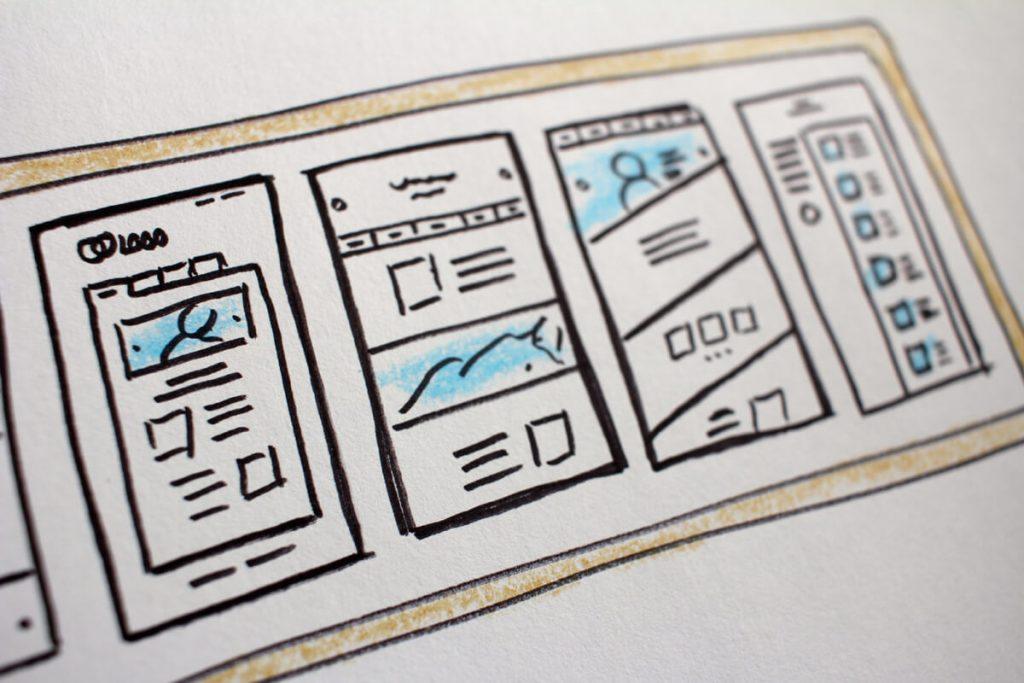Being ahead of the curve is essential for companies that want to prosper in the fast-paced digital age. A well-designed and functional website is a significant aspect of maintaining an online presence. However, as technology and design trends evolve, websites must adapt to remain effective. Here is when a website restructures, and redesign is necessary. The key components of a good website redesign will be discussed in this blog article, and how they may support businesses thriving in the digital environment.
Essential Elements of a Successful Website Redesign
1. Clear Goals and Objectives:
Before diving into a website redesign, it’s vital to establish clear goals and objectives. Whether it’s improving user experience, increasing conversions, or enhancing brand visibility, defining specific goals will provide a roadmap for the redesign process.
2. User-Centered Design:
A successful website redesign puts the user at the forefront. It is essential to comprehend the target audience’s demands. Conduct thorough research, including user surveys, interviews, and analytics, to gain insights into user behavior and preferences. This information will help inform the design decisions and ensure a user-centered approach.
3. Intuitive Navigation:
One of the primary frustrations for website visitors is complicated navigation. A successful redesign should prioritize intuitive navigation, making it easy for users to find the information they seek. Streamline the menu structure, use clear labels, and consider implementing breadcrumb navigation and search functionality to enhance the user experience.
4. Responsive and Mobile-Friendly Design:
With most internet users accessing websites via mobile devices, a responsive and mobile-friendly design is essential. Ensure the website redesign is optimized for different screen sizes and resolutions, providing a seamless experience across devices. Mobile optimization improves user engagement and search engine rankings, contributing to overall success.
5. Visual Appeal and Branding:
Aesthetics play a significant role in capturing users’ attention and conveying your brand’s personality. Incorporate a visually appealing design that aligns with your brand identity. Use high-quality images, appropriate color schemes, and typography that enhance readability. A visually appealing website builds trust and engages visitors, increasing the chances of conversion.
6. Compelling Content:
Content is king, and a successful website redesign considers content vital. Determine opportunities for improvement by evaluating the current material. Update outdated information, enhance readability, and ensure the content aligns with your business goals and target audience. Engaging and relevant content establishes credibility, boosts SEO, and keeps visitors returning for more.
7. Call-to-Action (CTA) Optimization:
A website redesign should strategically incorporate well-placed and compelling CTAs. The CTAs guide visitors toward desired actions, such as purchasing, subscribing to a newsletter, or contacting the business. Use persuasive language, contrasting colors, and strategic placement to make CTAs stand out. Well-optimized CTAs can significantly improve conversions and drive business growth.
8. Performance and Speed:
A website that loads slowly may have a high bounce rate and provide a poor user experience. Optimize the website’s performance by minimizing file sizes, leveraging caching techniques, and optimizing code. Ensure the website loads quickly across various devices and platforms, enabling users to access information swiftly. A fast and responsive website creates a positive impression and encourages users to stay longer.
Conclusion:
A good website redesign is a complex project that has to be carefully planned and carried out. Businesses may build a website that reflects their brand, engages consumers, and promotes conversions by considering the above mentioned crucial components. To keep ahead of the competition in the evolving digital scene, take advantage of the chances that a website makeover brings. Keep in mind that a well-designed website is an investment that generates returns through higher user engagement and expansion of the company.

